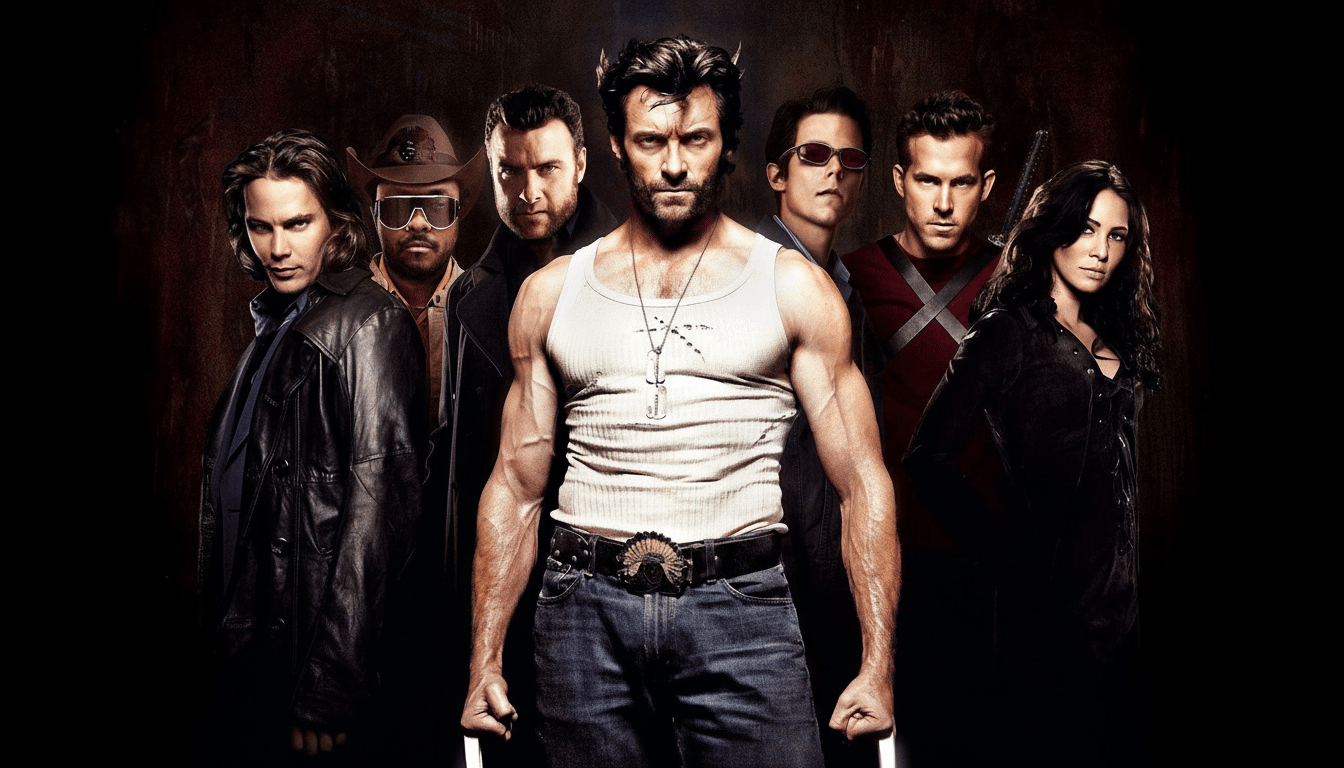Wolverine finally let out his claws in a ferocious gameplay reveal, and the message was clear: Sony is building a self-contained Marvel ecosystem on PlayStation, one that doesn’t really require movie canon to matter or feel cohesive.
In the latest moment, Insomniac Games’ Logan came up as both a prestige take on the character-action mold and a key part of an emerging, interconnected Marvel gaming universe that’s exclusive to PS5.

A Brutal Take, But In Honor Of The Comics
The footage didn’t flinch. Logan slices through enemies with such adamantium efficiency that limbs are piled everywhere, arterial sprays grace walls and floors, and ragged wounds rendered by proprietary tech the developers swear perfectly captures the character’s savage physicality. It’s a bold pivot from the bloodless brawling that often characterizes superhero games, and the spiritual successor to Raven Software’s cult-favorite X-Men Origins: Wolverine, which was best known for its surprisingly visceral combat.
Insomniac’s slice of action teased many settings and nods that carry weight for comic readers and lore hounds. Madripoor — Marvel’s bad guy party capital — established the mood, while cameos and teases zipped past like cannon fire: Mystique, Omega Red and even a destroyed Sentinel. This isn’t mere fan service; it’s scene-setting for a world in which mutant politics, black-market power brokers and superhuman threats collide on terms fitting for a hard-edged antihero.
Performance capture and voice work are provided by Liam McIntyre, who has experience with animated superhero fare as well as action-packed television. Casting that’s more about physicality and vocal grit signals the studio’s desire: Wolverine needs to be lived in, not just looked like.
Insomniac’s Connected Playbook for a Shared Universe
Insomniac has already proven itself capable of treating Marvel at blockbuster scale. Sony said its latest went on to sell more than five million copies in the first days — a record for a PlayStation exclusive. That success purchases creative freedom — and trust — to design something larger.
Studio-speak around Wolverine places it in the gaming continuity established with Spider-Man. That doesn’t necessarily mean crossovers around every corner; it means some shared rules, tone and world-building. When universes are logically interlocked, small things become story alloy — Easter eggs have mass, character arcs can stretch across multiple titles without being bolted to film release schedules and streaming tie-ins.
It’s also a savvy move for the platform. PlayStation’s first-party slate skews toward prestige storytelling and cinematic production values, and Marvel’s big-ticket heroes dovetail nicely with that blueprint. The result is a playground that accommodates authored set pieces and expressive traversal — Insomniac’s bread and butter — along with elastic combat systems and character-driven upgrades.

Why It’s Working Now for PlayStation’s Marvel Push
The MCU is a cultural beast, but games operate on alternate rhythms. Players want agency, grinds full of repeatable combat sandboxes and worlds they can pop in and out of for dozens of hours. A Wolverine that realizes graphic urgency and systemic depth plays to those strengths without demanding homework in theaters. The buying public is already salivating: Deadpool and Wolverine have dominated the box office, proving that there’s a deep well of demand for R-rated mutant action, while the Spider-Man games make the point (again) that Marvel characters can move systems without film tie-ins.
Market fundamentals help. PS5 has a large installed base to grow through, and the attach rates of the Spider-Man series show that Marvel games have potential to punch higher than their weight on the platform. Circana has consistently shouted out Insomniac’s Spider-Man games as best sellers during launch windows, highlighting the business sense in doubling down.
What the Reveal Means for Players on PlayStation 5
Anticipate a more close-fitting, gritty experience than stories of the capes-and-quips variety. Wolverine’s toolset offers hybrid play — pouncing rushdowns, aimed dismemberment to disarm weapons and that regenerative risk/reward facet that encourages aggressive play. The Madripoor framing suggests infiltration, territory control and faction dynamics, while the mutant rogues teased smack of boss encounters that challenge set counter-strategies rather than mere health sponges.
Importantly, the reveal also suggested long-term thinking. That universe will give Sony license to spin up tangential stories — Venom, street-level antiheroes, other X-Men mainstays — without fracturing their audience. And, since the games are also apart from film canon, they can expand at a rate that suits game development, not theaters’ schedules.
Another Slant on Marvel on PlayStation Today
There is still the potential for Marvel games to hit stores across platforms — competition is good, and other studios have their own heroes on the board. But Sony has two crown jewels now: Spider-Man, the bright, acrobatic pillar in any universe, and Wolverine … the blood-and-bone counterweight to balance it. Together, they make a consistent identity for Marvel on PlayStation that’s separate from the movies and compelling in its own right.
Wolverine’s unveiling wasn’t just about claws and carnage. It was a statement of purpose. If Insomniac brings the same quality and gusto that it did to Spider-Man — while also acknowledging Logan’s feral brutality — PlayStation’s Marvel universe won’t need to leech shine from the MCU. It will generate its own.

